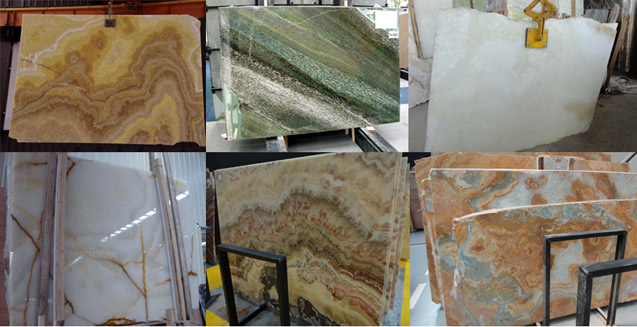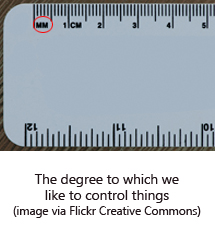On Our Desk: Subbing Out Stone Supply
We have a confession to make… in the process of creating backlit features, not everyone likes our stone sourcing process. As beautiful as our backlit onyx features turn out in the end, there are pain points along the way and selecting an onyx variety is sometimes one of them. While we’re scouring the world for exotic natural stones, it can be difficult to swallow the fact that it make take time to discover the perfect match and that you will only see a photo to make your choice (unless you’re brave enough to jump on a plane and travel to unglamorous, dusty, and often remote stone yards!).

Yes, it is a leap of faith and we end up spending countless hours explaining the merits of this selection process, because it always turns out great results. Here’s a little bit about why we use photos for stone selection, and one agonizing example of how the selection process played out in a current project…
Our Stone Sourcing Strategy
We don’t stock any type of stone, whatsoever. That allows us to find the best match for each project – discovering a match that the client loves, ensuring it is available in the right sizes and quantity, has the right translucency levels for the lighting environment, etc. That means that you select your onyx from a high resolution photograph that we take, usually right in the quarry or the stone yard. There’s usually no time for samples, as the stones are bought and sold at lightning speeds. Once you give the green light, we buy that stone and start fabricating with it (knowing we can shift its appearance by changing its thickness, shifting the lighting temperature, and being creative with the patterning).
Case In Point
Our conviction to this sourcing strategy was strengthened this week when one of our projects hit a road block. We have been working on a backlit bar application for a very unique project (we’ll refrain from over-sharing the details). As the client became uncomfortable picking out a GPI stone from photos alone, she took it into her hands to find her own stone locally (gasp!) and it was decided that she would use this supplier instead of GPI. We would illuminate the stone that she hand-selected, sounds reasonable right? We were open to the scope change and continued to design.
 After we received a large control sample of her selected stone, our lighting team was sent into a frenzy. The problem was, the stone our client found through their own source was not thinned down or backed with glass and the dense stone formation was blocking a significant amount of light. The properties and thickness could not be changed by this supplier, it was too far into production. How to bring more light through a stone that was too thick, too dense, and one that our client already shelled out a significant amount of cash to purchase?
After we received a large control sample of her selected stone, our lighting team was sent into a frenzy. The problem was, the stone our client found through their own source was not thinned down or backed with glass and the dense stone formation was blocking a significant amount of light. The properties and thickness could not be changed by this supplier, it was too far into production. How to bring more light through a stone that was too thick, too dense, and one that our client already shelled out a significant amount of cash to purchase?
We ended up completely re-designing our backlighting system. After several days of mock-ups and iterations, that meant we had to triple our lumen output, add more control channels and more drivers. In essence, the lighting now cost the client much more money, and it’s because the stone was out of our control. Crisis averted as we were able to re-design the lighting, but it wouldn’t have come up in the first place if the stone was correctly chosen!
Lesson Learned
 When we handle the supply of stone, we end up shaving it down to the correct thickness with MILLIMETERS making the difference between a stone that is too opaque and a stone that glows perfectly. And it is this precise control of both the stone and the lighting that allows us to be both accountable and successful.
When we handle the supply of stone, we end up shaving it down to the correct thickness with MILLIMETERS making the difference between a stone that is too opaque and a stone that glows perfectly. And it is this precise control of both the stone and the lighting that allows us to be both accountable and successful.
The word “integrated” is not just a word to us, it rings true in everything we do at GPI. And in this case, we were shocked into remembering that the more we handle, the better. Yes there are many stone sources out there, making it easy to be enticed by exquisite slabs at your local supplier, but which suppliers know as much about lighting as they do about onyx? And if you split up the onyx from the lighting, who is responsible when the backlit stone doesn’t look right in the final combination? Bingo!
